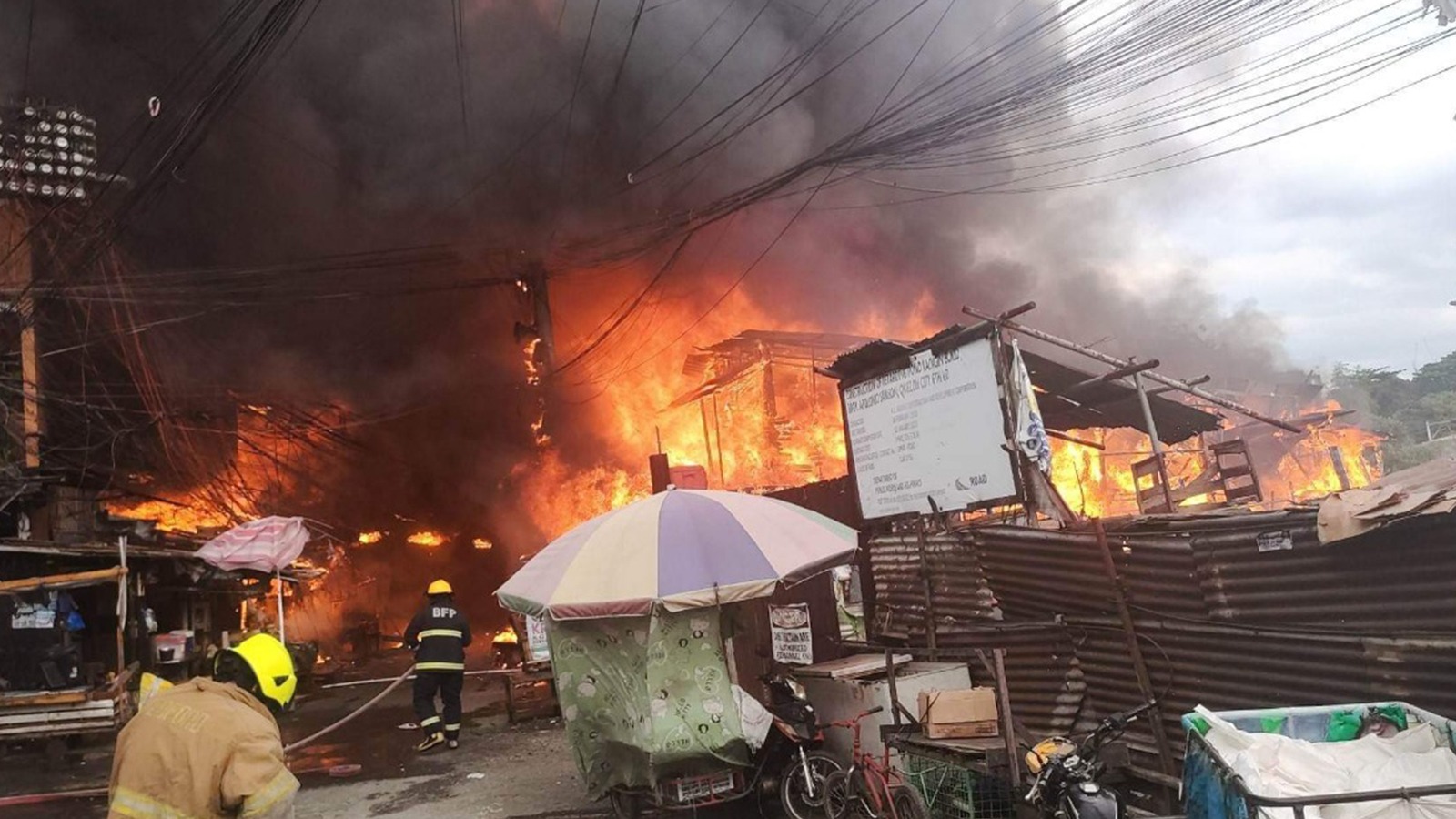Introduction
The fire in Quezon City on 25 June 2025 reflects recurring urban safety challenges in Metro Manila’s high-density residential zones. Based on past fire incidents, the risk of fatality and displacement remains high. This event once again exposes systemic weaknesses in urban fire safety compliance, infrastructure planning, and post-incident rehabilitation mechanisms.
What is Risk Analysis in the Context of Fire Incidents?
Risk analysis identifies vulnerabilities, evaluates impacts, and helps plan response to reduce loss of life and property. In urban fire scenarios, it informs emergency preparedness, infrastructure safety audits, and recovery strategies.
Executive Summary: High Risk Level
- Date of Incident: 25 June 2025
- Location: Quezon City, Philippines
- Risk Category: Critical Infrastructure
- Severity Score: 3/5
- Confidence Level: 90%
Known Hotspots and Sensitive Areas
Quezon City’s high-risk districts include Barangay Culiat, Project 8, and Sauyo, which have recorded multiple residential fires over recent years. These areas suffer from high population density, older infrastructure, and limited fire access routes.
Impact on Transportation and Utilities
- Road Closures: Temporary blockades on local streets for fire suppression, e.g., Visayas Avenue Extension. It lasts a few hours to one day.
- Utility Damage: Localised power and water outages in the affected apartment and nearby buildings.
- No major disruption to regional transport systems or essential utilities beyond the immediate fire site.
Recommended Actions
- Verify employee safety through internal communication.
- Monitor logistics and delivery routes affected in Quezon City.
- Activate remote work for staff near the incident zone.
- Coordinate with local fire authorities for accurate area clearance timelines.
- Notify stakeholders and clients of potential minor disruptions.
Emergency Contacts
- Police: 911 or 117
- Fire Department: 911 or 160
- Ambulance: 911 or Local Emergency Medical Services
- National Emergency: 911
Final Thoughts
This incident is consistent with historical urban fire patterns in Quezon City. While operational impacts are localised and short-term, socio-economic effects for affected households may linger. Stakeholders should continue monitoring building code compliance and community resilience programs.
Stay ahead of operational risks with real-time alerts, scenario modeling, and expert advisories. Start your 14-day free trial of Datasurfr’s Risk Intelligence Platform today.






